
Marian Goodman Gallery’s new Tribeca headquarters, where their inaugural exhibition Your Patience is Appreciated will take place from October 26th to December 14th
After 40 years on 57th Street, the historic New York institution Marian Goodman Gallery has announced their move to a headquarters in new art-centre Tribeca, a space of almost double the size. Cleo Scott speaks with Partners Philipp Kaiser and Rose Lord about the importance of the artist, the changing tides of the New York art world, and continuing founder Marian Goodman’s legacy as one of the most respected on the global contemporary art stage
LUX: How have your individual backgrounds influenced your approach to curating and running the Marian Goodman Gallery? What has been your overall vision for the Gallery?
Rose Lord: I’ve worked at the Gallery for 22 years, which is incredible. I’ve spent a lot of time with Marian over the years, and learned so much from her. Her way of looking at the world and dealing with artists and collectors has been very formative. I think that the five Partners of the Gallery, the directors, and the people working in all three galleries in New York, Los Angeles, and Paris share the same vision. We’re trying to create a forum to show exemplary artists, but also create a kind of platform for discussion with the artists and share their ideas that can impact the world, impact society.
Philipp Kaiser: Yes, absolutely. That’s the reason why I wouldn’t have considered another gallery to join. I was in the museum world before my time at the Gallery and worked in institutions in three different countries. Marian has respect towards the institutional mission, and never wanted to compete with it. I feel the Gallery itself is an institution.

Marian Goodman with her five partners, from left to right: Rose Lord, Leslie Nolan, Philipp Kaiser, Marian Goodman, Junette Teng, and Emily-Jane Kirwan
LUX: You are two of the five Partners of the Gallery, established by Marian Goodman to ensure continuity. How does the launch of the Tribeca flagship provide continuity for the Gallery’s legacy?
PK: We set up this structure of five Partners to establish a structure for stability and the next chapter for the Gallery. Marian brought together such a special group of artists, and we want to move the Gallery into the future.
RL: When Marian opened the Gallery on 57th Street it was one of the centres of the art world, but these centres have shifted over the last 43 years. You could say to Chelsea, but then also to Tribeca. It was big decision for us to move from midtown, but it was informed by wanting to be part of a community again, wanting to be surrounded by other artist-centric galleries. I think one of the things that we learned from Marian is to keep a gallery relevant, you must keep moving with the times. And we’re doing that: we’re moving to Tribeca, we opened a gallery in LA last year, we’ve been taking on new artists. A gallery cannot remain static. It must be a living organism that plugs into the discussions that are going on around it.

Installation for Marian Goodman’s inaugural show Your Patience is Appreciated in the new Tribeca space, featuring work from Julie Mehretu, Gabriel Orozco, and Nairy Baghramian
LUX: Are there any elements of this development that will break from the tradition of Marian Goodman?
PK: Absolutely not. The Tribeca space is a commitment to have our headquarters in New York. There’s always the temptation to grow and have more galleries, but Marian has never done that. She always was thoughtful about growth and maintaining the rigor of the Gallery, and we have been continuing this vision.
LUX: Marian Goodman currently represents 47 artists. A strength of the Gallery is that it is very selective with the artists that you choose to represent. With the expansion of your headquarters in New York, are you also hoping to expand your representation, and if so, how will you balance this expansion with your selective roster?
RL: The first thing to say is we want to keep with the tradition, but we want to find a way to build on that tradition and into the future. We have already added quite a lot of artists over the last two years, such as Daniel Boyd, Delcy Morelos, Andrea Fraser, and Tavares Strachan. We try to be very careful and not just add artists left and right. We want to be in dialogue with them.

Unghia e foglie di alloro by Giuseppe Penone, a work made of glass and laurel leaves that will feature in the Gallery’s inaugural exhibition
PK: Exactly, but these days it’s a bit of a different situation. You have to be faster, because many of the big galleries are much more speculative than they were 10 years ago. But I believe there is a real integrity in our artists, who really dive into conceptualism and social concerns. This runs through the program, and that’s also why the different generations within our program highly respect each other.
RL: That’s been the challenge of the opening show to weave together this kind of history, this narrative, and different generations, the different types of work.
LUX: Your inaugural exhibition ‘Your Patience Is Appreciated: An Inaugural Show’ features some 75 works across media. How did you select the artists and works featured at the Tribeca launch? Are there any broad themes or messages you hope to convey through the selection of these works?
PK: Well, we wanted to include all of the artists that we represent. Everybody at the Gallery was involved in the creation of the exhibition, which brings together both historical and new pieces. For me, curatorially, it was kind of a challenging puzzle to create a narrative over three different floors. How do you summarise a group of distinct artists? How do you put them under one roof? How do you create a meaningful exhibition about what you’ve been doing for the last 47 years, that also looks to the future?

Pierre Huyghe’s timekeeper piece, titled Timekeeper Drill Core (MGG 57th St), carries a piece of the 57th street Gallery to the Tribeca headquarters
RL: We have these two ‘Timekeeper’ pieces that Pierre Huyghe made for our Gallery. It’s kind of like the rings of a tree; he scours through the different layers of paint in the Gallery walls from our former 57th street location. The Gallery at 57th Street was frequently painted black and white, and some artists asked for specifically coloured walls for their exhibitions. So the work by Pierre is literally a visual history of the 57th Street Gallery – you see these different colours and layers of the Gallery’s history.
PK: What I’ve tried to establish is a cross-generational conversation between the artists. There’s kind of a Duchampian thread that runs through the building, themes, and artists. You see, for example, Pierre’s rings on the ground floor, and then on the second floor, there’s a wall drawing by Giuseppe Penone. There’s a piece of paper with his fingerprints, and then he made all these lines around the fingerprints bigger and bigger and bigger until it’s like, over three-meter diameter. So, Pierre’s and Giuseppe’s pieces are in conversation; they form the same type of pattern and become reflections on identity and time. And I think that’s why we chose the title Your Patience is Appreciated. It addresses expectations of change, and reflects the duration of what we’re doing, and that we’re in this for the long run.

Installation of the third floor of the exhibition, featuring wallpaper and work by Annette Messager, Richard Deacon, and Tony Cragg
LUX: What are your aspirations for the Gallery beyond this launch? Are there future projects or collaborations in the pipeline?
PK: The first show in the new year will be a two-person show. The new Tribeca space has these two gallery floors that enable us to have interesting conversations between different artists. It will be a conversation between An-My Lê, who came as a refugee from Vietnam to the United States, and Boris Mikhailov, a Ukrainian photographer who hasn’t really been properly shown in the US. We feel this is going to be a show that resonates following the election, and the time we’re living in.
We’re also excited to announce an exhibition of Tavares Strachan’s work in March 2025, and following that, a show of Pierre Huyghe’s work in May 2025. Pierre hasn’t had a gallery show for a very, very long time, and some of these works will be premiered in the US. We’ve been wanting to program a show with Pierre in the Gallery for a long time, but he’s just had too many museum shows and big projects. And now, finally, May 2025.



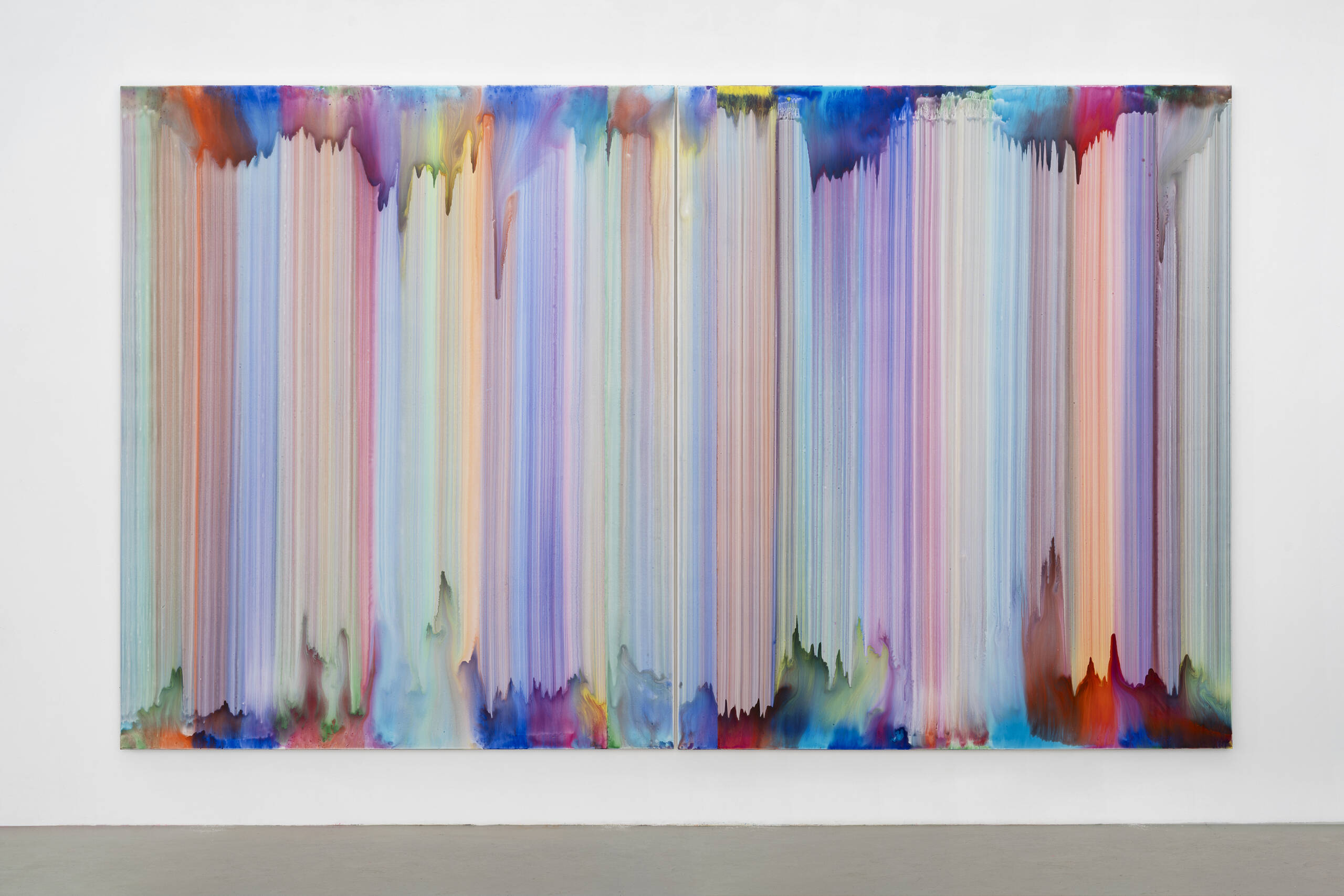



















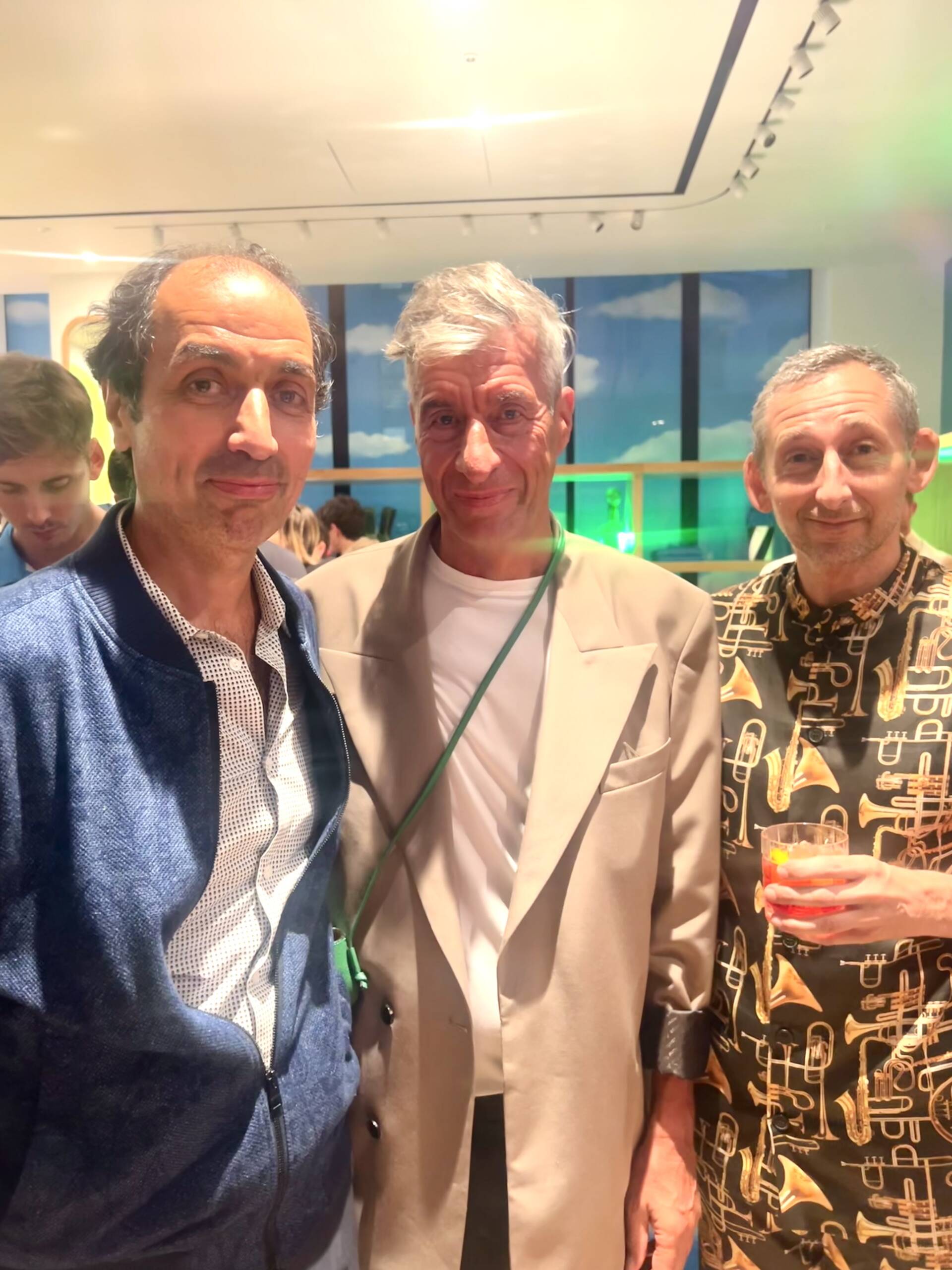




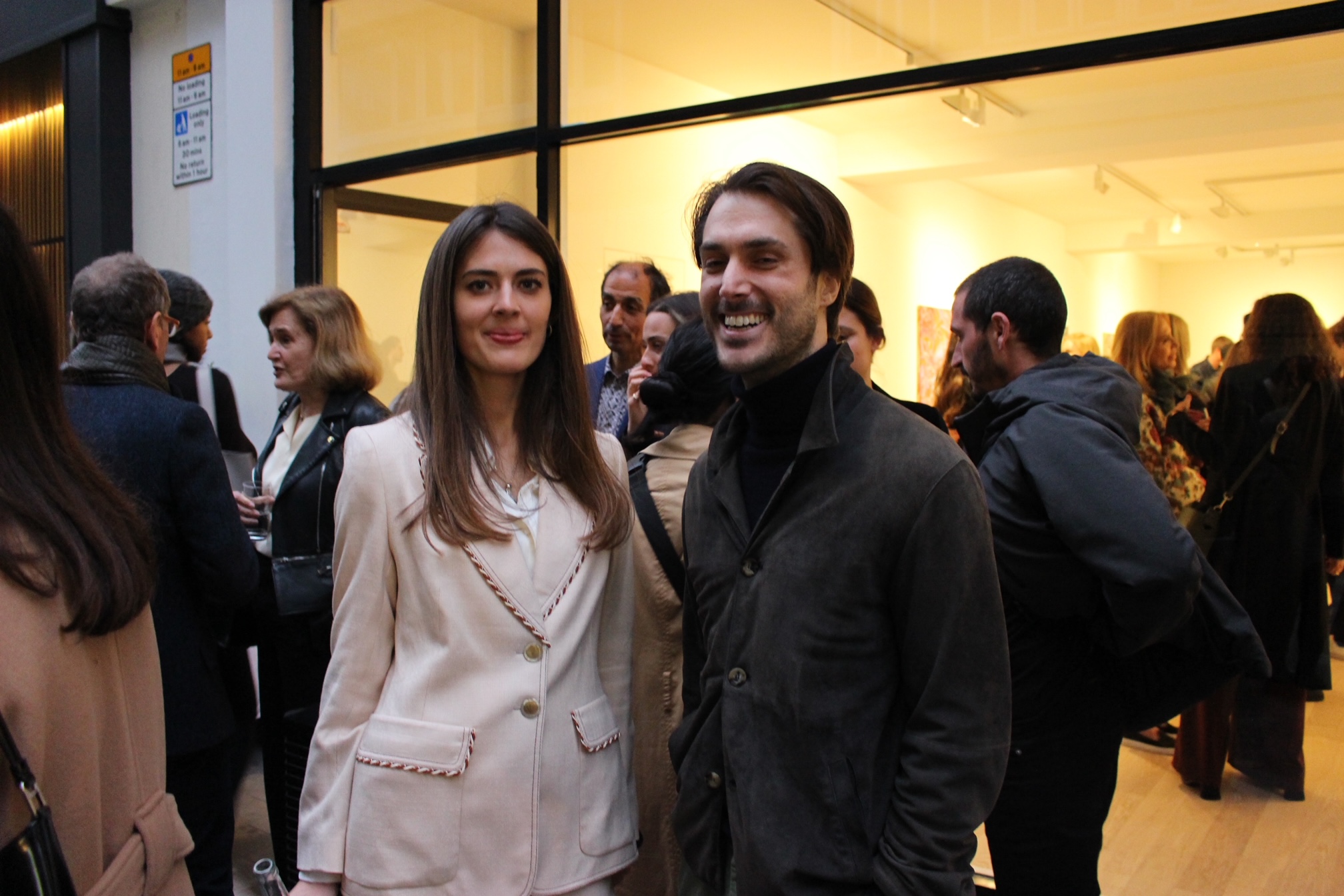





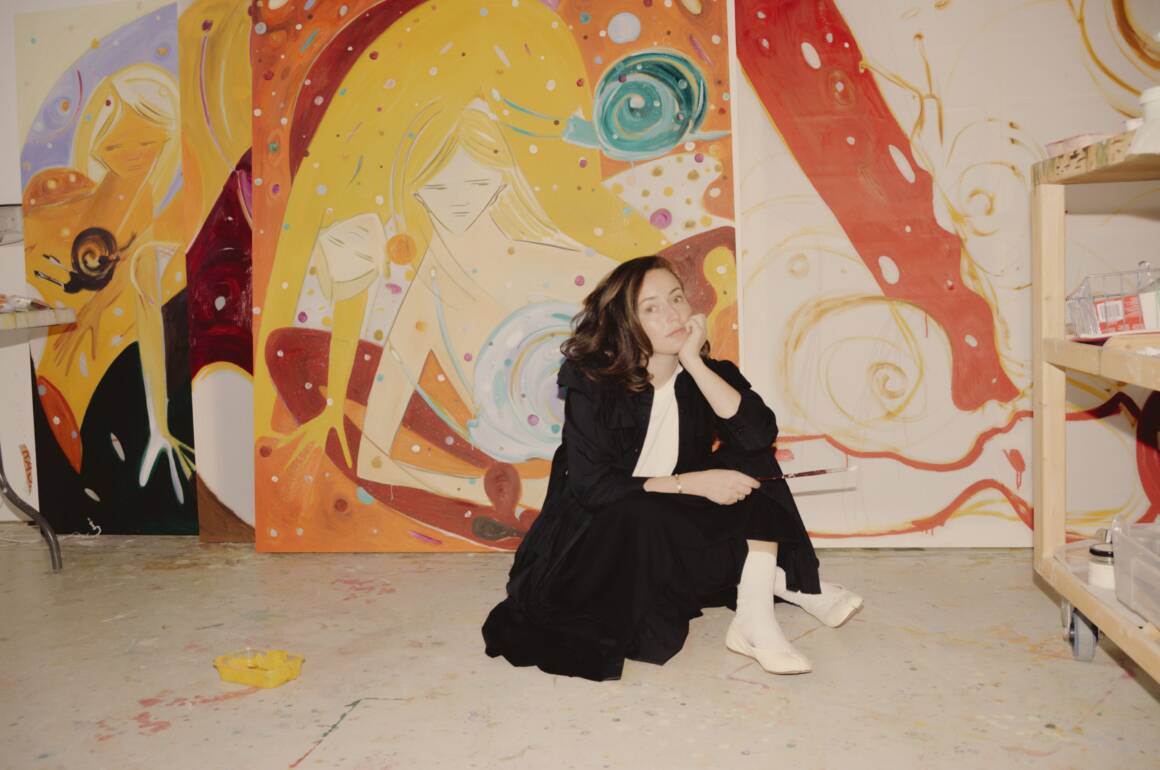



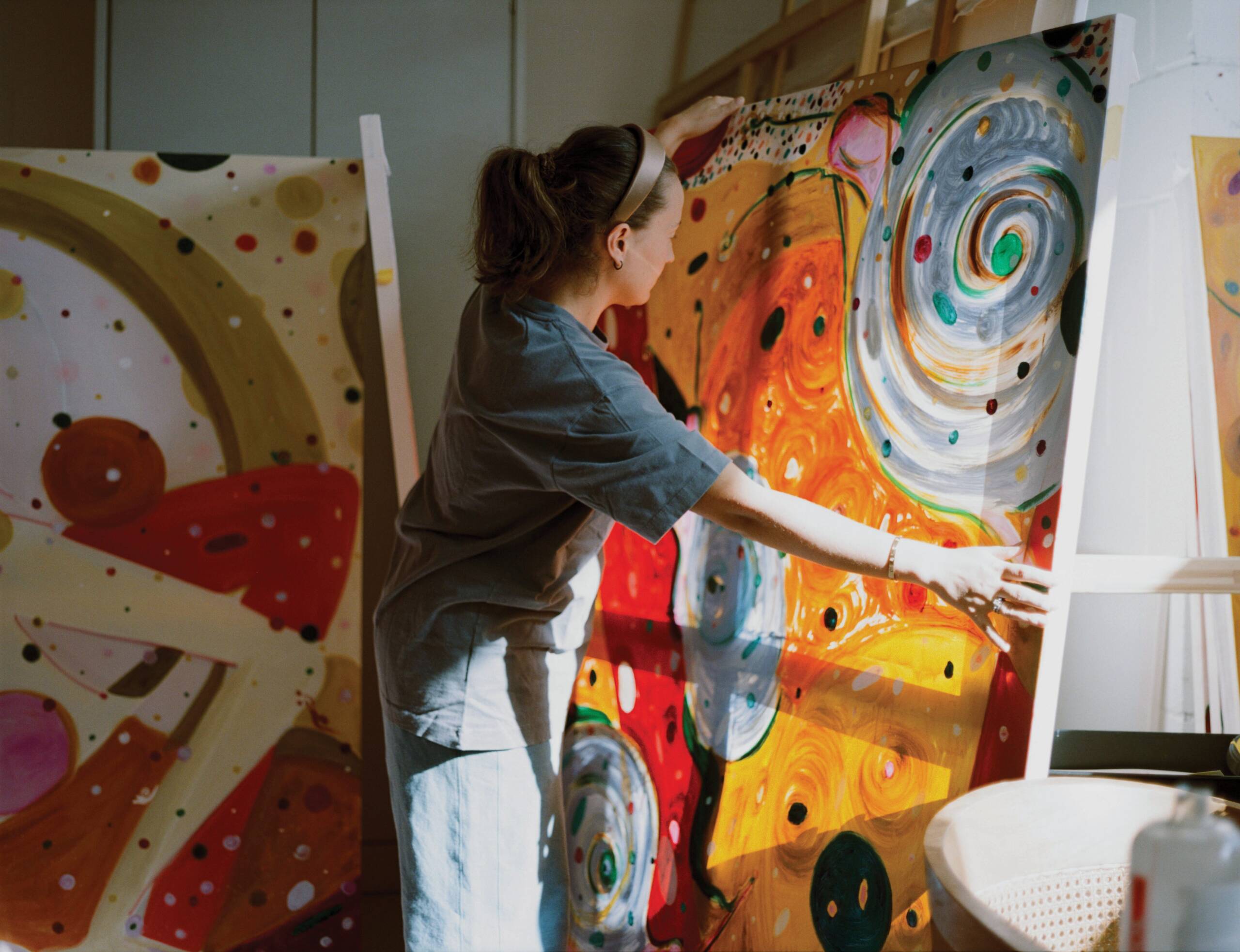








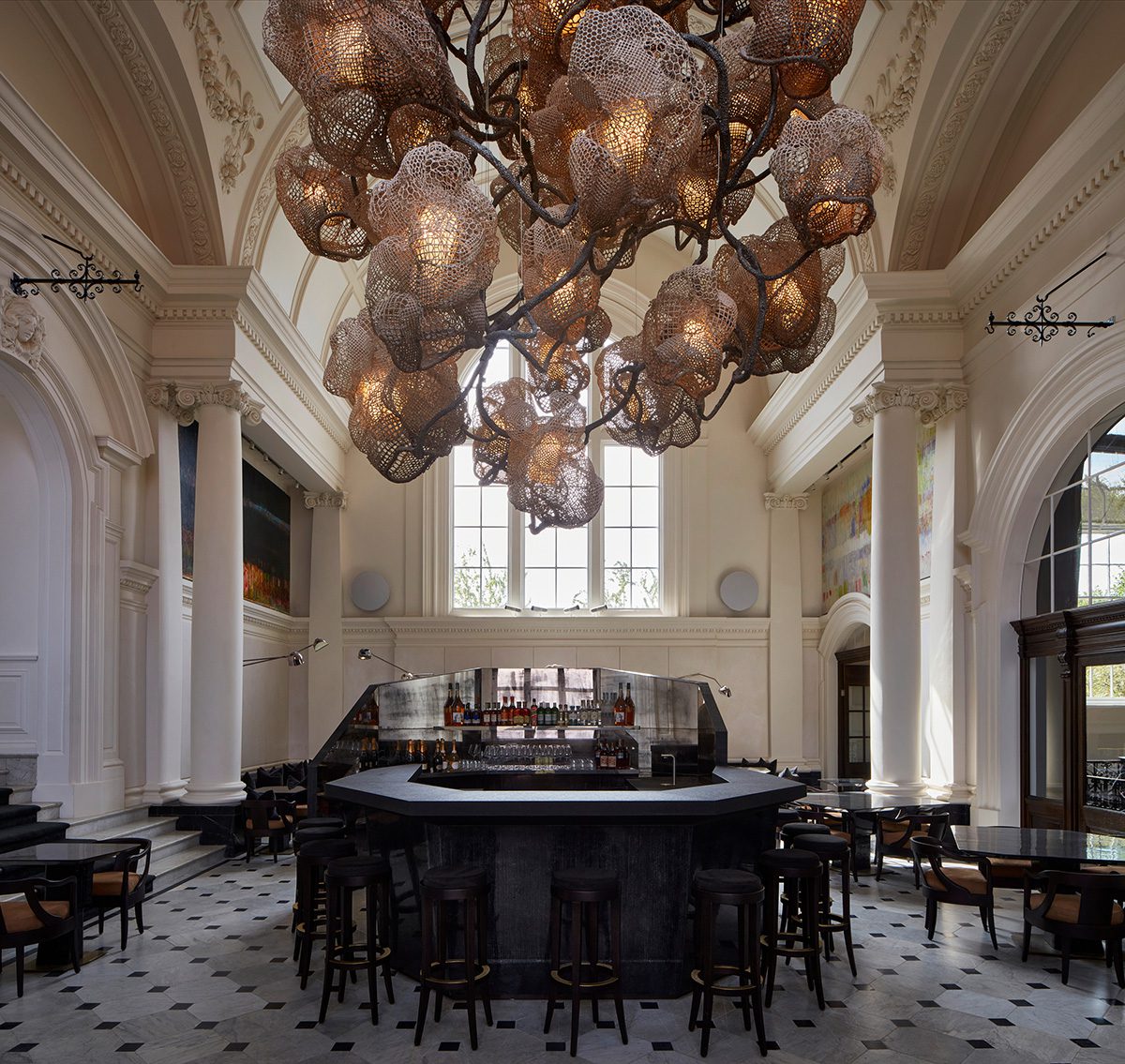

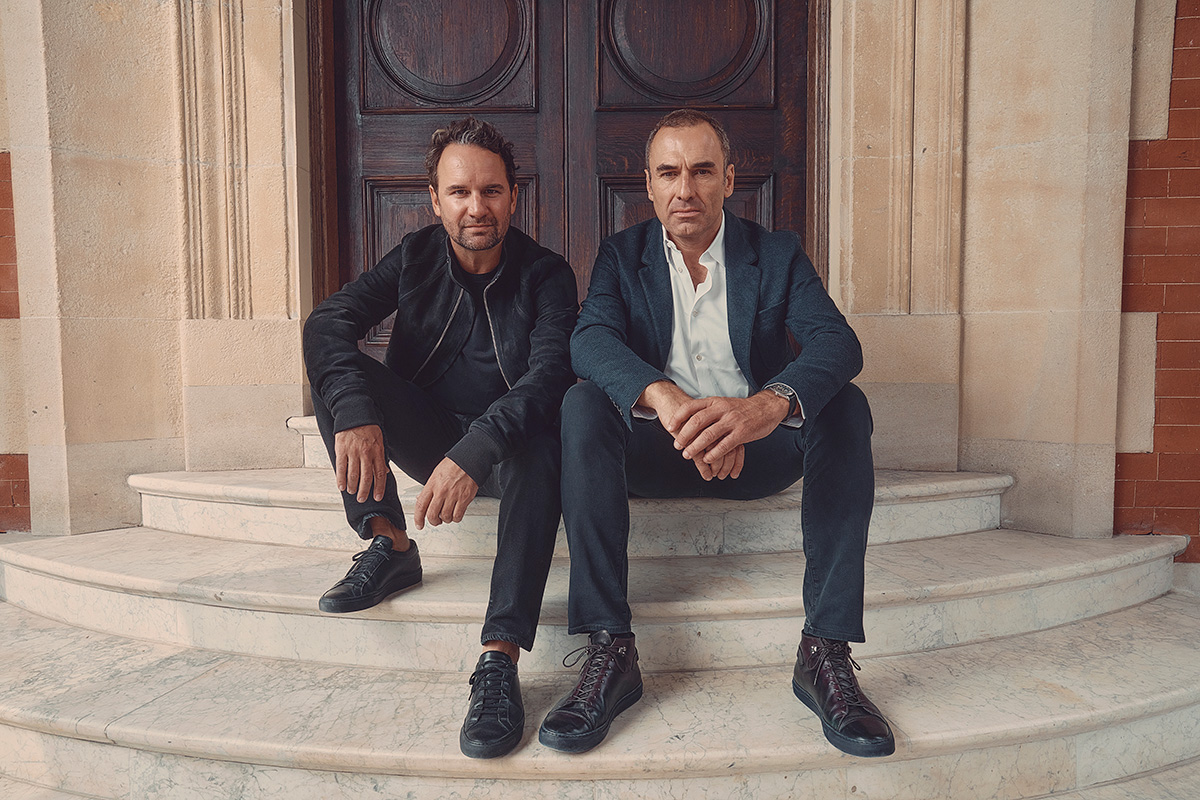
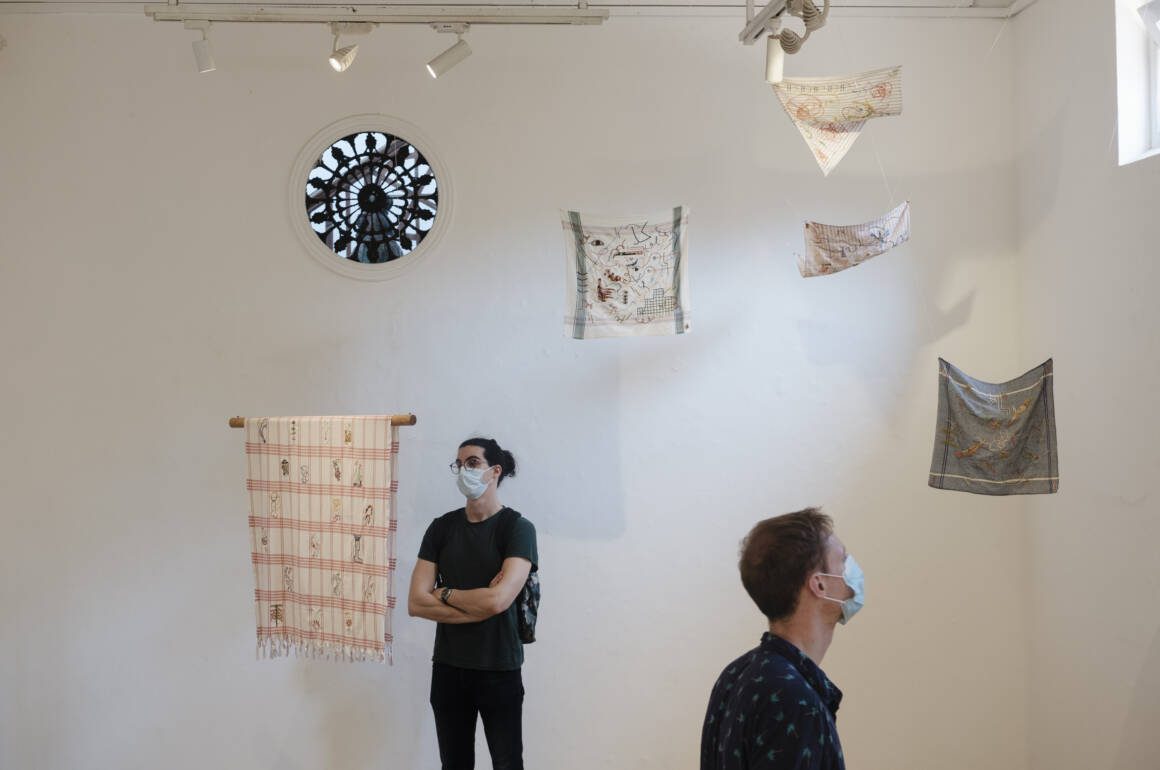





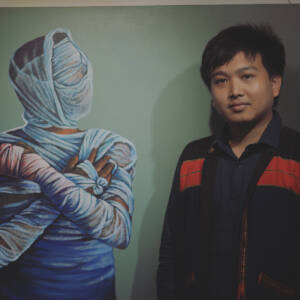


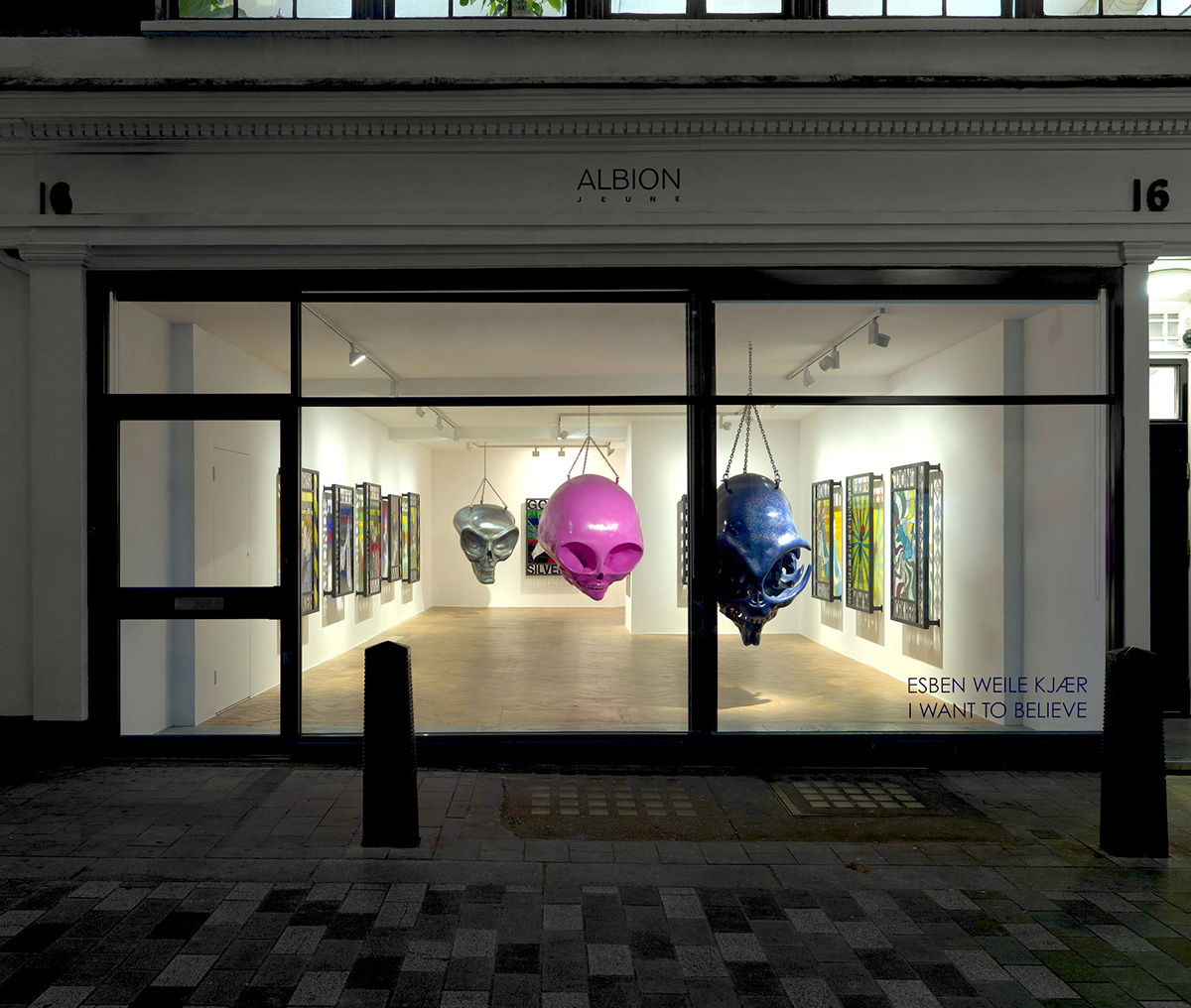


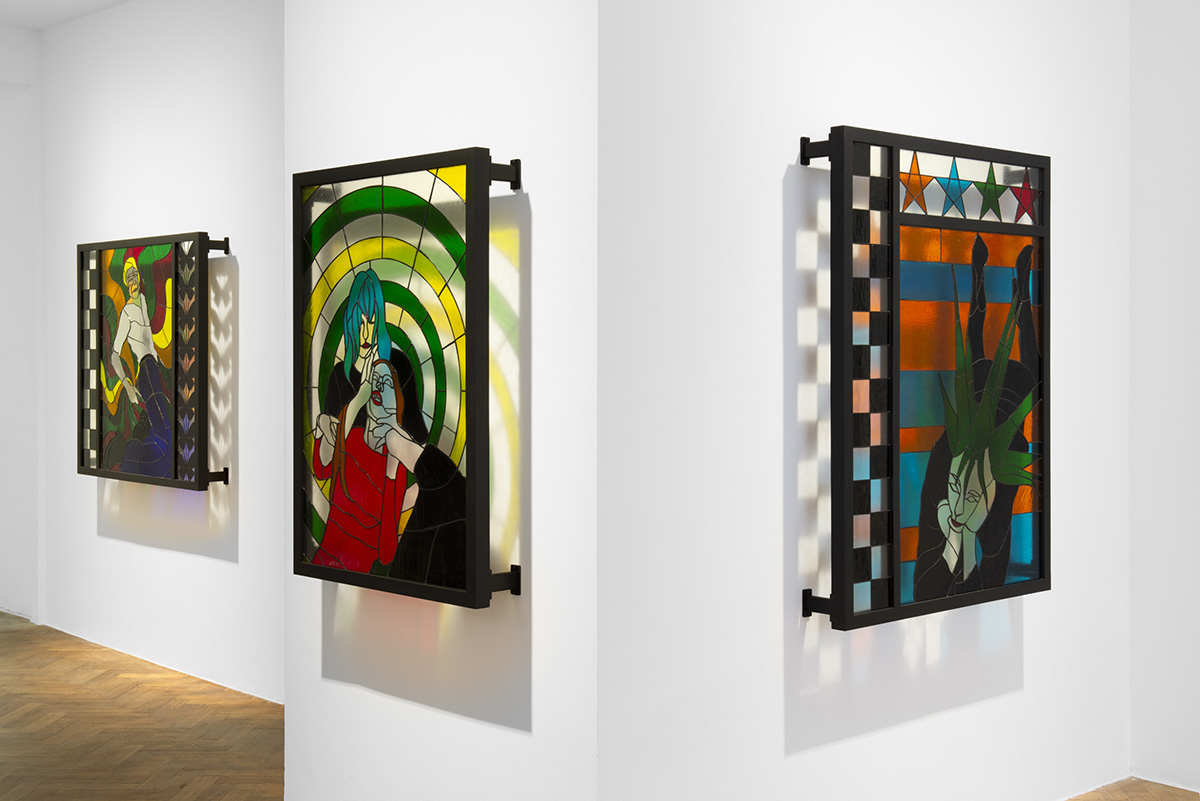





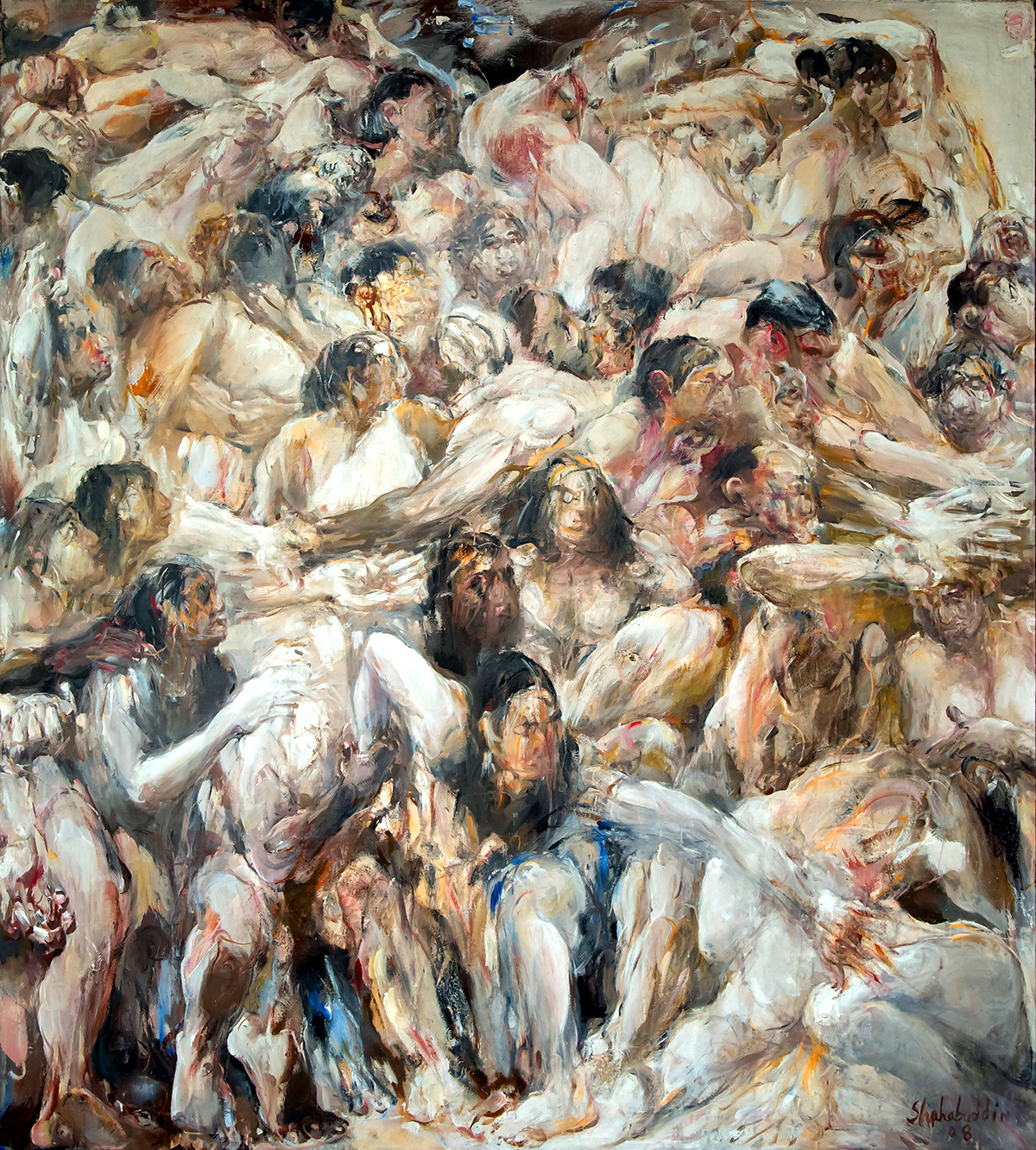





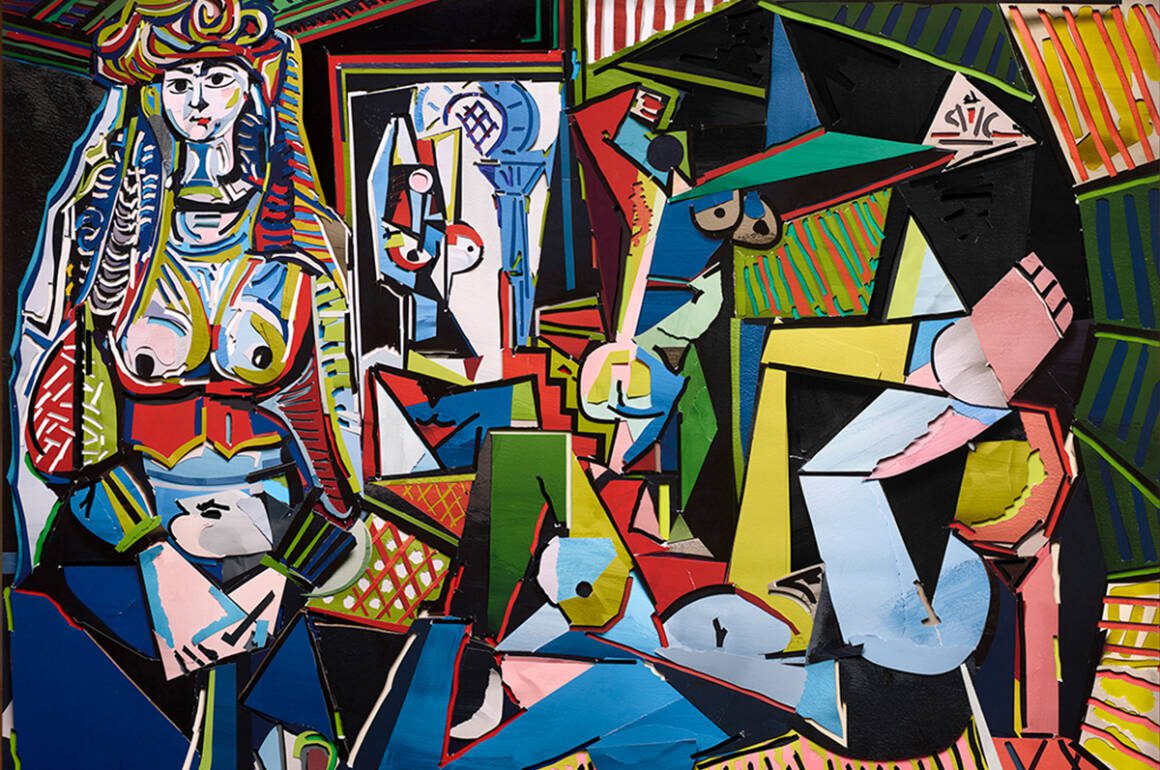


























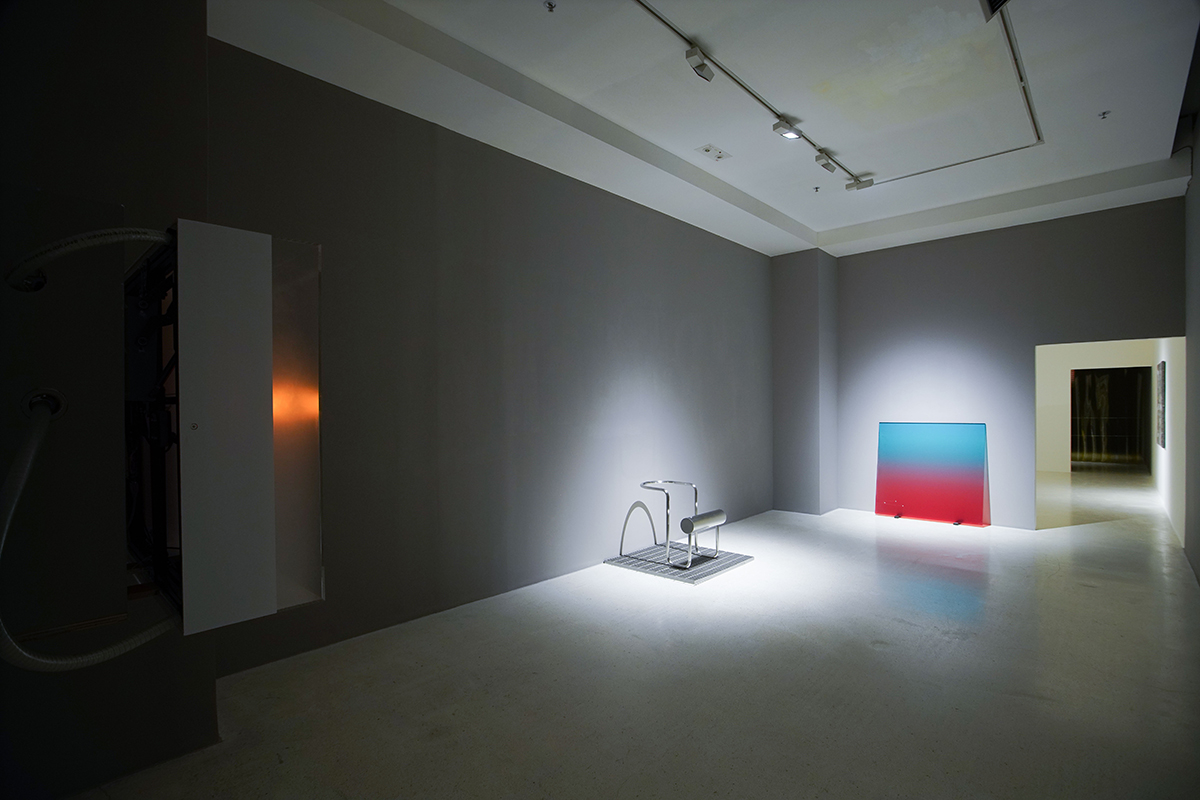
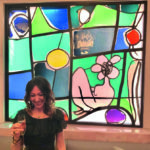


















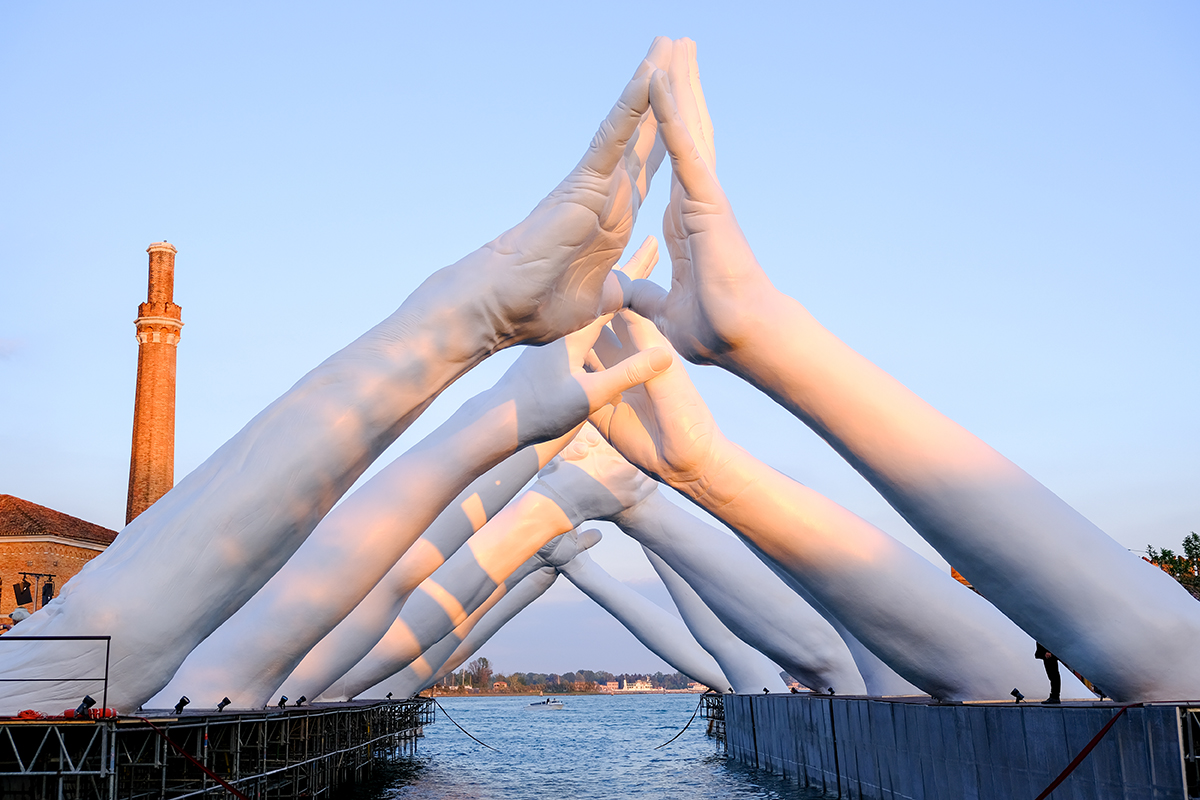
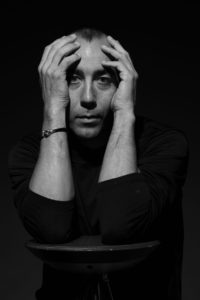


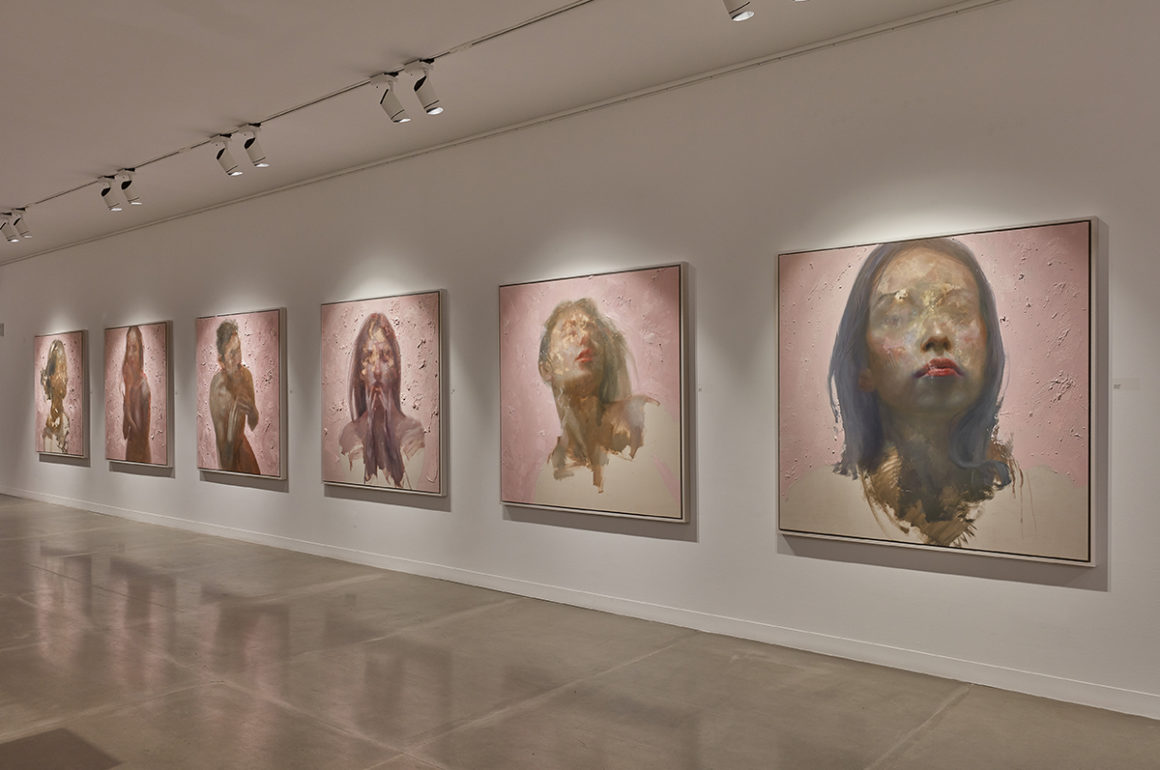




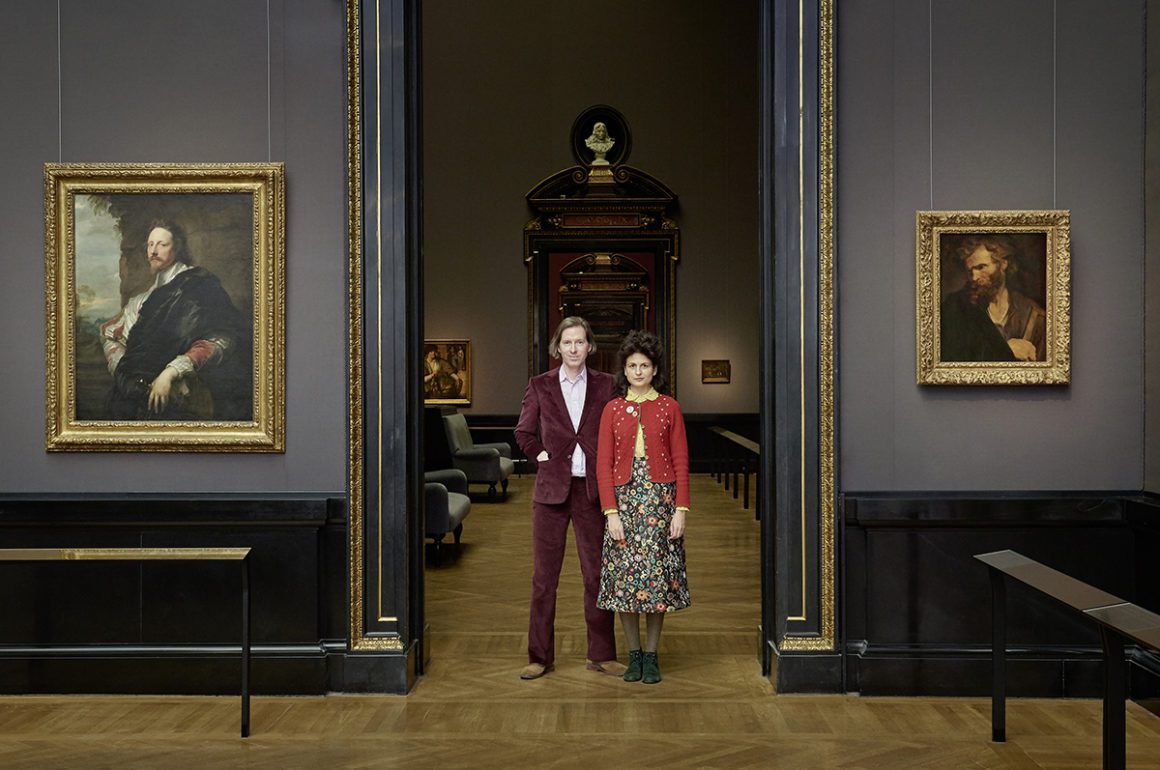

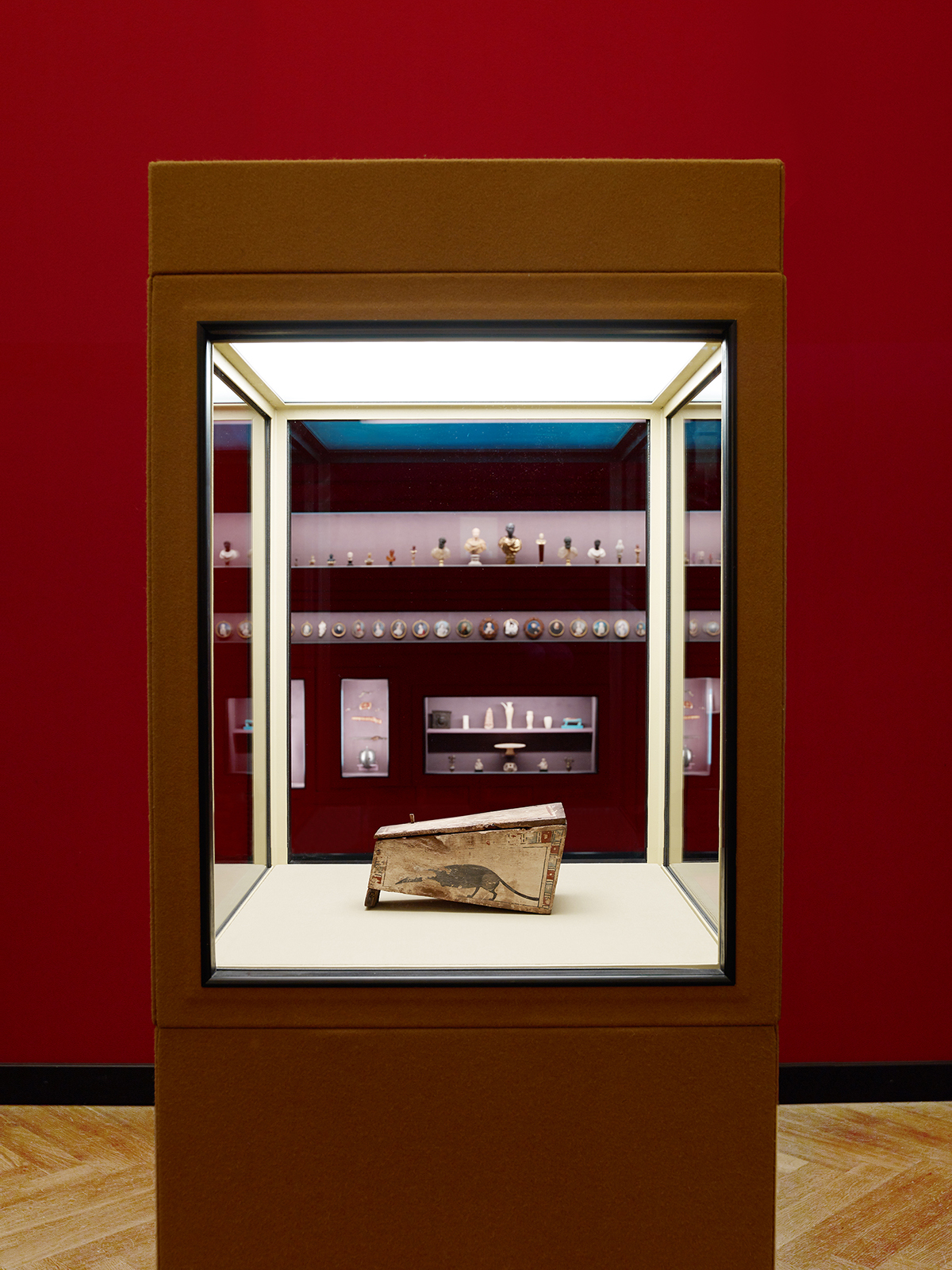
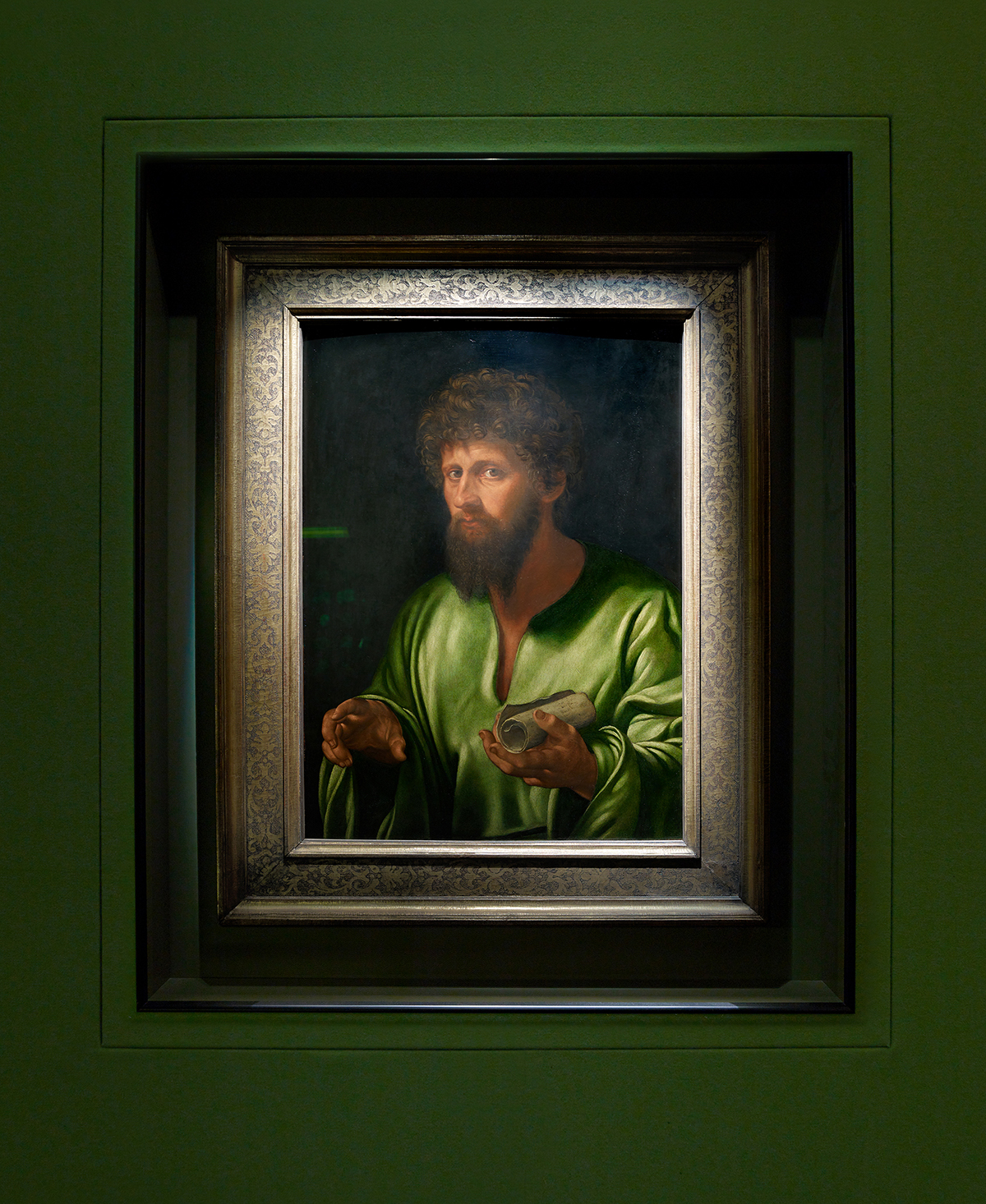





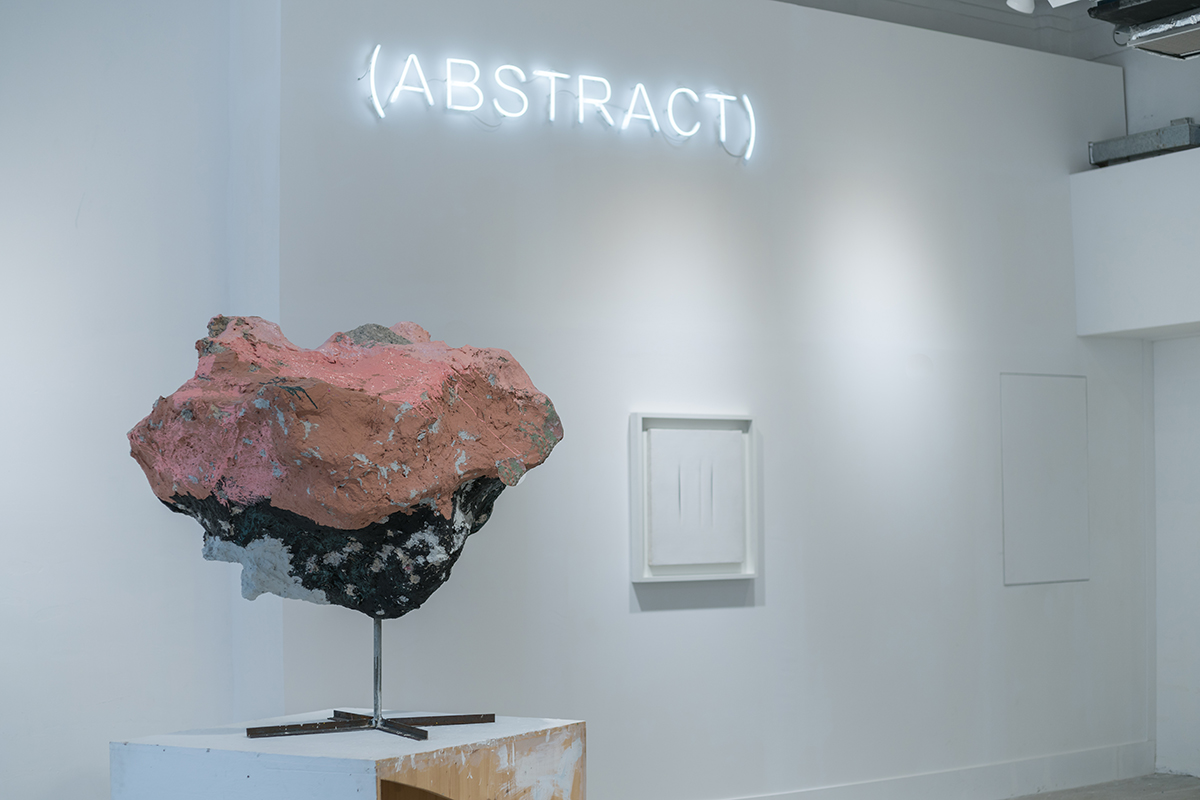












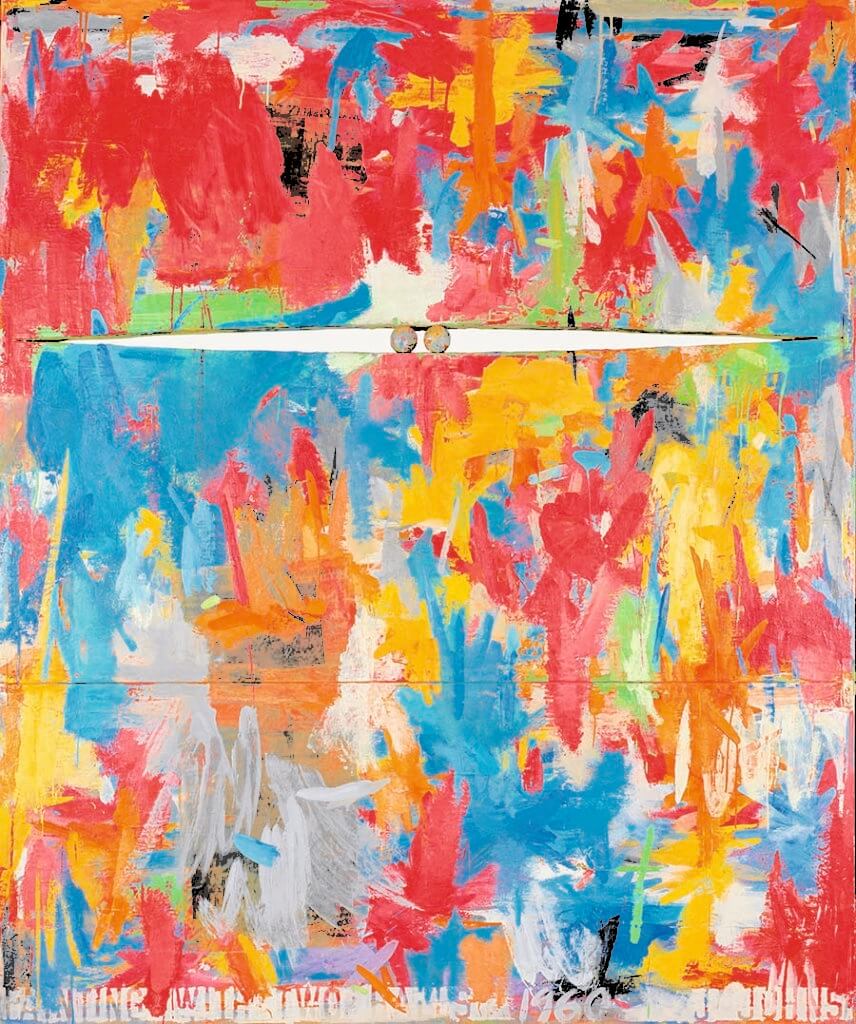
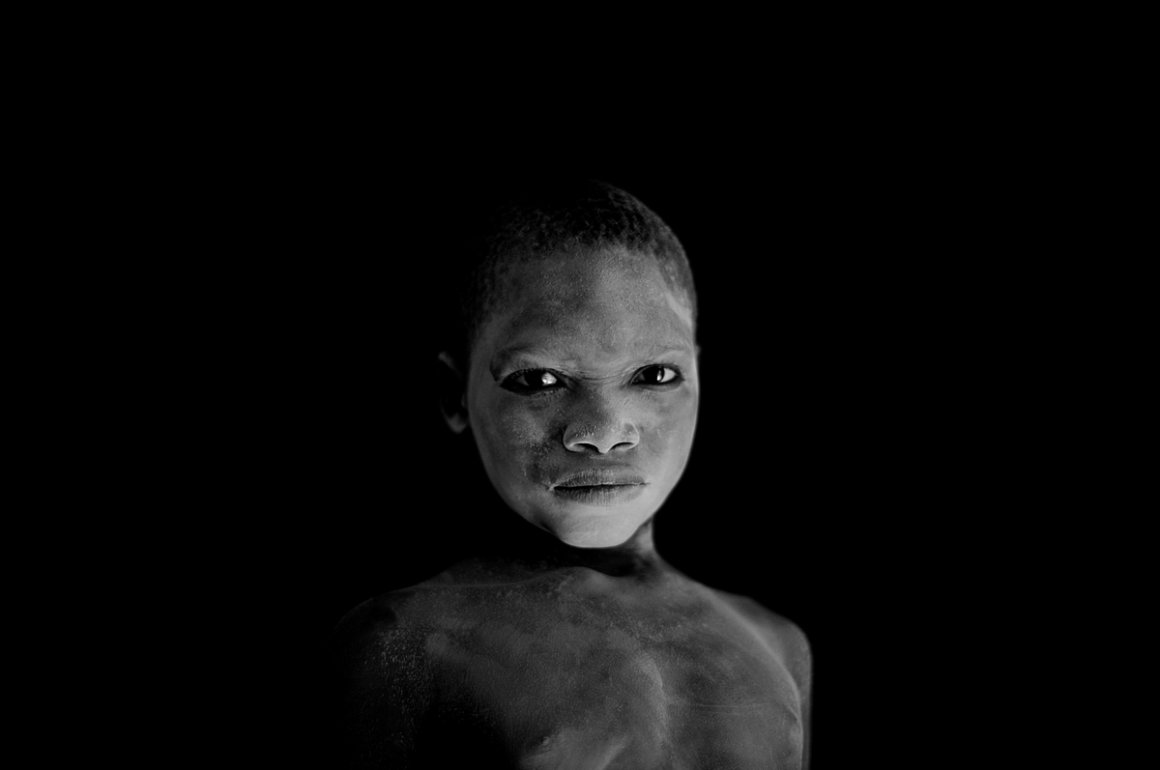




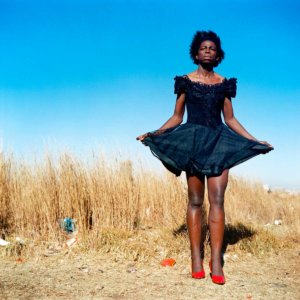









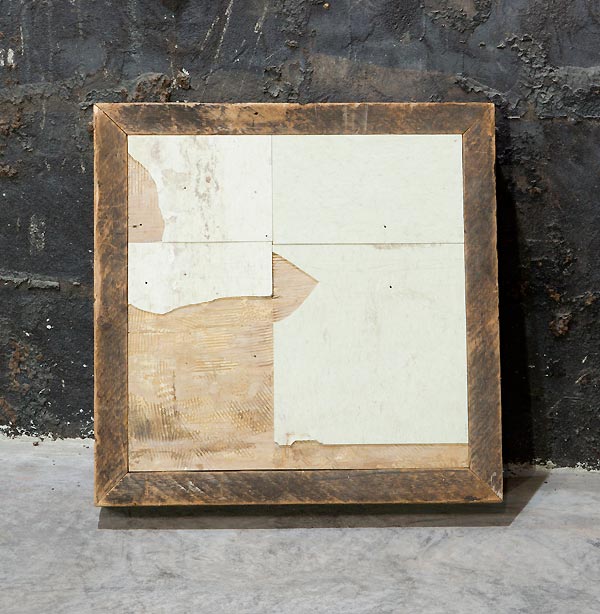

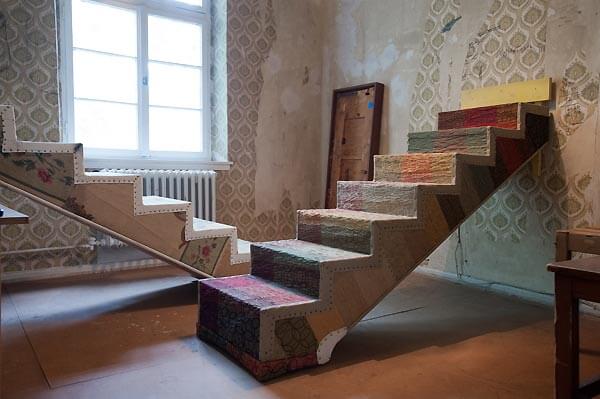






Recent Comments